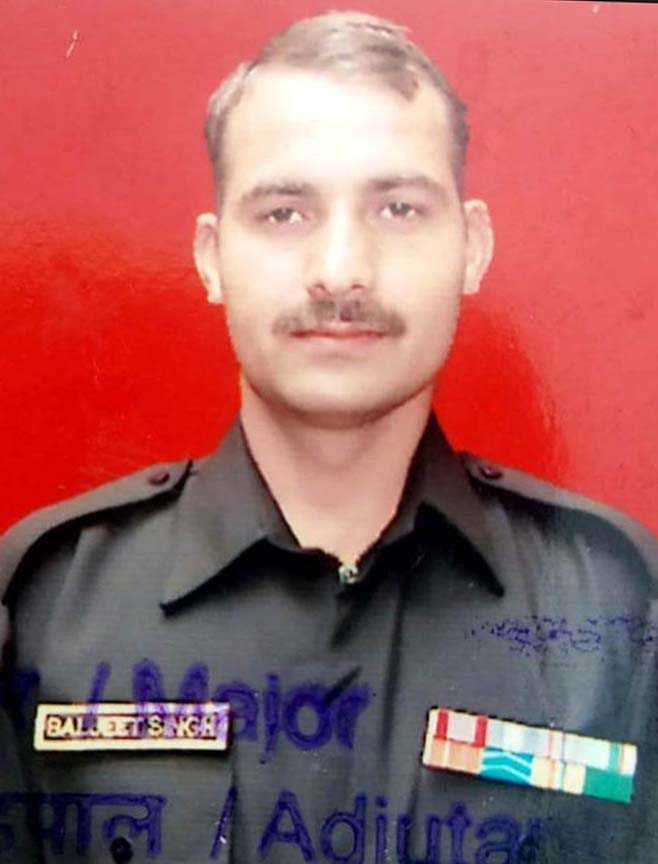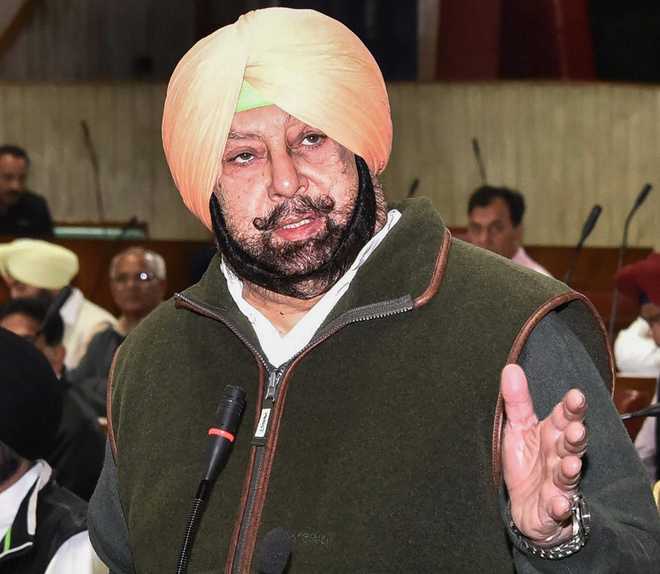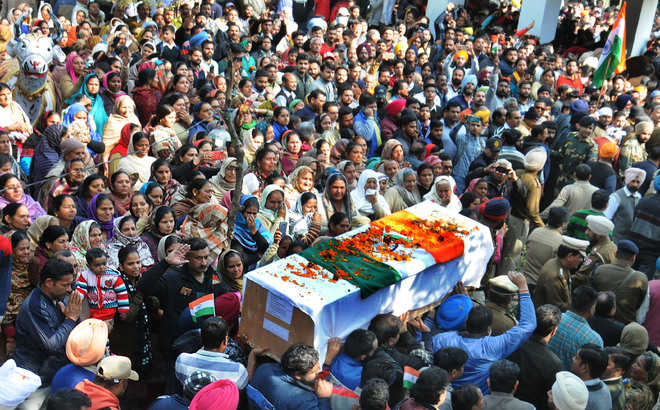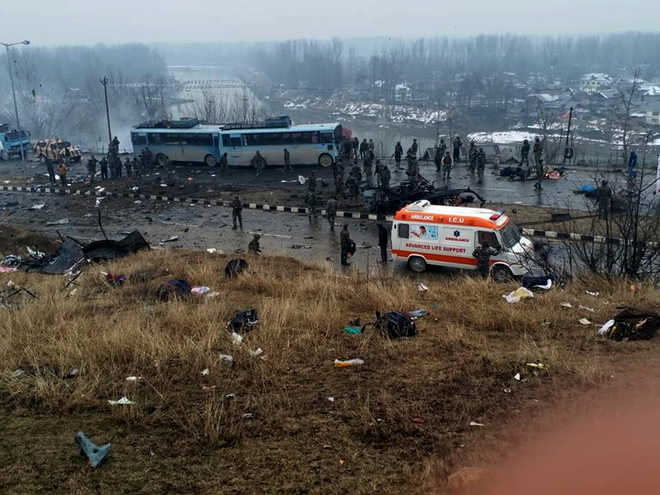A lasting India-China conflict serves Pakistan to provoke and prolong its conflict vis-à-vis India by putting into action its ‘Bleed India with a Thousand Cuts’ strategy. Instead of responding to the Pakistani ploy, there is much that India can learn from the way China deploys its economic leverage to retaliate against those harming its interests.
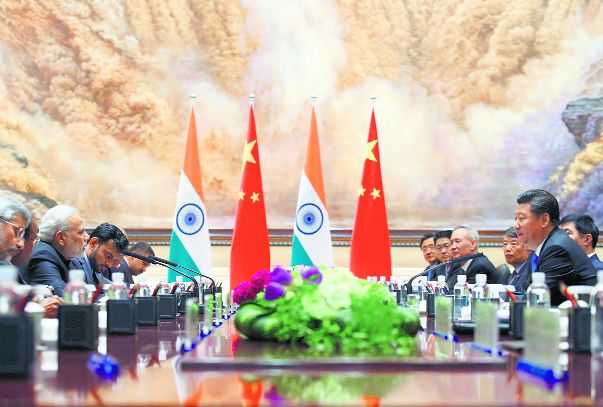
GAME PLAN: It’s vital for India to craft a better strategic alignment with three most important global powers: Russia, the US and China.
P Stobdan
Former Ambassador
LYING in wait, much less being complacent when the country is attacked, is neither a virtue nor a good thing to accept, for doing so will buoy up other sundries waiting in the wings to hit India. But we must be careful not to fall prey to provocation, for the tale of sabotaging India’s rise has followed a predictable line.
In 1959, India had got trapped in a similar wave of hysteria in the wake of border skirmishes with China, demanding retaliation despite the government’s effort to hold its peace.
What had ensued were fiery slogans and mutilation of Mao Zedong’s portrait — the Chinese vowed never to forget the insult even for 100 years.
Jawaharlal Nehru was hard-pressed to shelter the Dalai Lama and the public flocked to see Tibet’s legendary phoenix. Morarji Desai likened him to Karl Marx, whom the British had offered sanctuary when he fled Germany.
To get swayed by the overwhelming sentiment, unmindful of the consequences, has proved disastrous, a sort of democratic fallacy. It becomes worse when the country’s vulnerability gets manipulated by vested interests, both domestic and external.
Nehru was doing fine until the US, by the 1950s, was able to outmanoeuvre his domestic and foreign policy by secretly machinating a divergent viewpoint through propagandists such as Minoo Masani, informers such as MO Mathai, adventurists like Bhola Nath Mullik and a host of others who worked for the CIA from at least 1955.
At the domestic level, mass hysteria and a call for a muscular approach work like added fuel, especially when the elections are around the corner. In the run-up to the January 1962 elections, even Lal Bahadur Shastri rhetorically threatened China with a fate similar to that of Goa, which had been liberated from the Portuguese in December 1961.
The war rhetoric brought the Congress back to power — winning 358 of 491 seats in the Lok Sabha with a vote share of 44.78 per cent. But the opposition parties blocked boundary talks with China; they thought it was tantamount to surrender. Despite the Soviet advice for a negotiated settlement, we remained steadfast — ‘boundaries were not negotiable’.
Past experiences indicate that political leaders become captive to domestic hysteria or they like to use it to further their ends. But Nehru was then forced to abandon friendship with China; instead he had to push for a provocative ‘forward policy’ and sent ill-equipped border patrol into disputed territory. Many other adventurous acts followed, perhaps without Nehru’s knowledge. The Chinese denounced Nehru for becoming the ‘running dog of imperialism’.
In September 1962, Krishna Menon ordered the eviction of Chinese troops — possibly against the military assessment. On October 20, the Chinese assault began and Indian troops faced a humiliating defeat.
Menon quickly became the scapegoat — a familiar tactic. Nehru’s position weakened; he was attacked for compromising national security.
At that time, too, nationalists turned to voicing fabled ‘analogies of Indian invincibility’ and power and even drew ‘mystical affinity’ with the Himalayas.
History shows that if not exhibited and channelled appropriately, the outburst of passion can go against the national interest. In 1999, a similar public shrill constrained the government to release terrorist Masood Azhar, who recently masterminded the savage act in Pulwama.
For, it also becomes easier for the external actors to manipulate our emotions to meet their own ends. The Americans skilfully manoeuvred the 1962 defeat into a conflict between communism and democracy.
The US wasted no time in offering quick military aid to repel Chinese troops, but in return Washington roped in New Delhi to collaborate in its CIA-run Tibet project; thereafter, it freely operated a covert war across the Himalayan border by using Tibetan warriors trained since 1957 in Colorado.
But, the ghost of the 1962 war still haunts us, only to get hardwired to conform to a view that “we could have done no wrong”, even conveniently attributing the defeat to either Chinese ‘treachery and betrayal’ or to Nehru’s ‘idealism’.
Originally limited to trans-border trade and pilgrimage issues, the differences with China suddenly conspired to produce a military conflict in 1962.
Obviously, frenzied war hysteria that followed thereafter eternally turned India and China against each other with all the perceived threats and trappings to play a sort of geopolitical rivalry.
Against these intersecting interests, the two countries have sought to constrain each other through proxies and alliances. Pakistan is one of the tools in this ‘great game’ at play between India and China.
Seemingly, the burden of Cold War politics and pressures continues unabated without really comprehending what the two sides actually want, least what the third factor (the US) would leave us alone to decide the endgame.
Importantly, the assumption whether India should go to war or not always had its limitations. In 1959, India sought a guarantee from the US to ensure that Pakistan would not attack India in case of an India-China conflict. A potential two-pronged military threat still exists, albeit in a reverse way.
To be sure, a lasting India-China conflict serves Pakistan to provoke and prolong its conflict vis-à-vis India, of course, by putting into action its ‘Bleed India with a Thousand Cuts’ strategy. Pakistan, as a failed and rogue state, is now nakedly out in the open. It is a bankrupt country, surviving on Saudi and Chinese largesse.
The nation ought not to succumb to such provocation, for its aim would be to whip up national hysteria which could once again be hijacked for sabotaging India’s economic rise. Possibly, there would also be many avatars of Masani, Mathai and Mullick amidst us who would be having their own agenda that we need to guard against.
Equally important for India is to craft a better strategic alignment with three most important global powers: Russia, the US and China.
In fact, over a long period in history, China has been India’s closest spiritual neighbour and brother. This needs to be reignited in a modern context. A composite national strength that China has acquired enables it to defend itself against foreign aggression. We need to learn from its experiences of de-radicalisation and re-education programmes.
Again, instead of responding to the Pakistani tactic of provocation, there is much that India can learn from the way China deploys its economic leverage to retaliate against those harming its interests.















